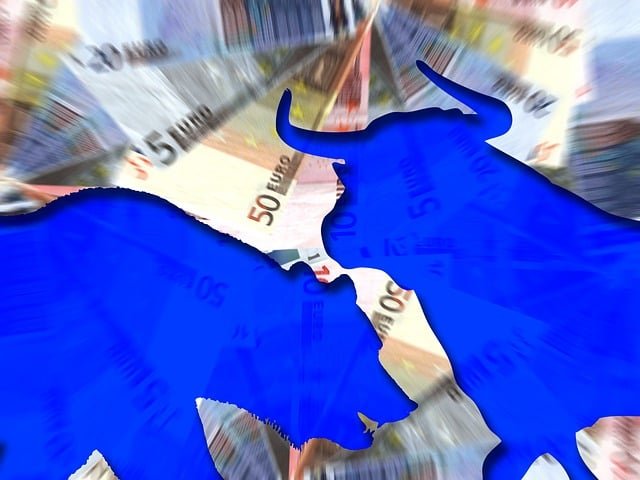
Despite the current sluggish domestic demand in China, and the recent setback from the EU’s anti-dumping measures, signs of speculative trading are emerging in the Chinese market.
Some signals indicate that speculative activities are making a comeback: factory orders have improved somewhat, but these orders mainly come from traders, not end consumers. Given the scenario of raw material prices increasing instead of decreasing, and reduced supply due to factory maintenance and other reasons, these traders believe that prices have hit the bottom and a rebound is imminent.
Analysts point out that this speculative trading poses risks to the market. Tide-like orders may cause production to deviate from actual demand, increasing supply chain volatility; they may also exacerbate market volatility and price bubbles.
Furthermore, in the long run, China’s economic recovery will still take time. While some indicators like the PMI have recently improved, the restoration of consumer confidence and the increase in corporate investment willingness will require more sustained efforts. As long as demand has not fully recovered, an over-reliance on speculative trading is unlikely to be sustainable.
Overall, the signs of speculative trading in the Chinese market are worth watching. Enterprises and investors need to maintain rationality, delve deeper into the analysis of fundamentals, and not be misled by short-term fluctuations, in order to jointly drive a steady recovery of the Chinese economy.




